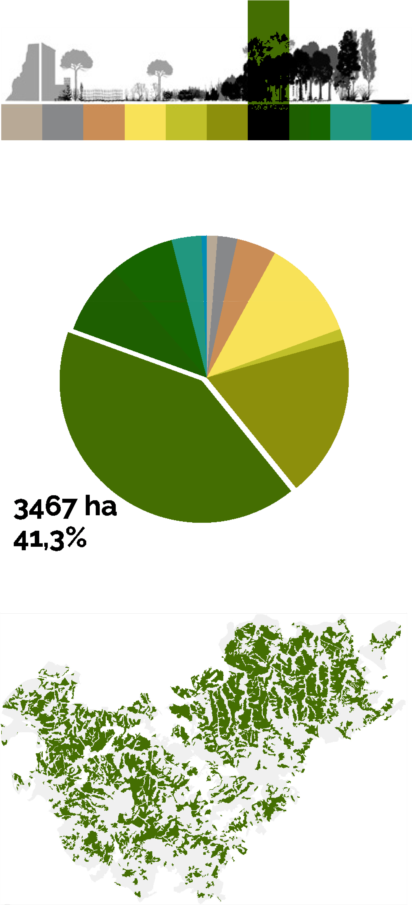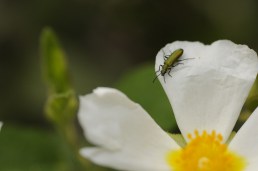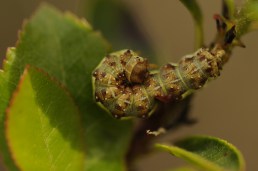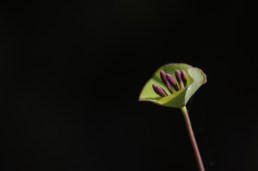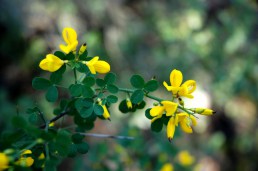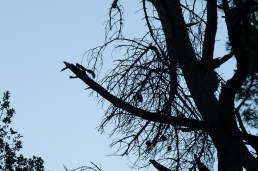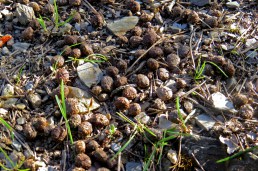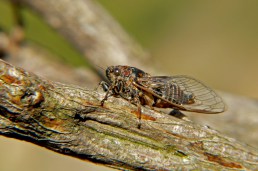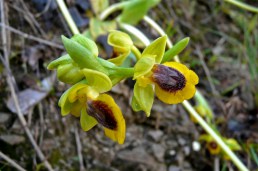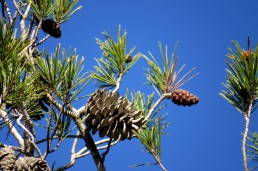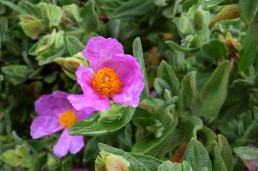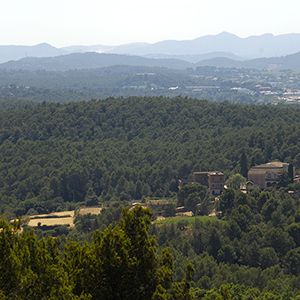In the Collserola chain of mountains, there are many secondary pine forests. These are formations that are forests in appearance, dominated essentially by Aleppo pine (Pinus halepensis) with smaller numbers of stone pine (Pinus pinea).
Holm oaks and other oaks are to be found dotted in among the pines, which also have an undergrowth consisting of plants from open environments: cistus (Cistus spp.), rosemary (Rosmarinus officinalis), gorse (Ulex parviflorus), etc. These pine forests usually occupy abandoned farmland and other altered areas that are recovering or used for forestry purposes. They are often associated with scrub and dry pastureland.
The Aleppo pine is a heat-loving tree that copes relatively well with drought conditions (P>200 mm). Even though it is a species that prefers alkaline soil, it also thrives on siliceous substrates (schists), but it avoids coarse sand or gravel. The stone pine is also heat-loving, but it is not a tree that thrives in acidic soils. It prefers coarse-textured soils and hence grows quite well in weathered granite.
Most of the pine forests in Collserola are in fact mixed forests in which the upper stratum consists of Aleppo pine (Pinus halepensis), while the lower strata are made up of holm oaks (Quercus ilex) and the Quercus cerrioides species of oak, along with other species that readily regrow. In fact, we could talk of a holm oak forest hidden below the Aleppo pines that emerge above it.
In addition, we find Aleppo pine forests above scrub of a more open appearance, the origins of which were land formerly used for growing crops, in particular vines, where the soil was deeply ploughed.
In the early 20th century, much of the chain of mountains was used for crops, and the forests were intensely exploited. The various agricultural and forestry practices of our forebears and the subsequent abandonment of these activities have left us the mosaic of environments that we see today.
When people gave up farming crops, these fields were taken over by other plant species, resulting in an increase in the area of land covered by woodland and forests in Collserola and more generally in Catalonia in recent decades.
In the unfarmed areas where there were typically Mediterranean holm oak woods, forestry activity favoured the Aleppo pine, a quick-growing species used to make timber. With the arrival of gas in people’s homes, exploiting woodland was no longer profitable. Species that readily grow back began to regenerate in the abandoned pine forests. This is the origin of the mixed pine and holm oak woods at different stages of maturity that we find in Collserola today.
Another particular characteristic of the Collserola woods and forests is that the pines are older than they might seem at first sight. When these woods were exploited, trees were periodically cleared. The most suitable pines were removed and the trees of little interest to the forestry industry were left behind. Forestry studies show that many of the trees standing today have grown in adverse conditions and hence the relationship between trunk diameter and age is not always what one would expect.




